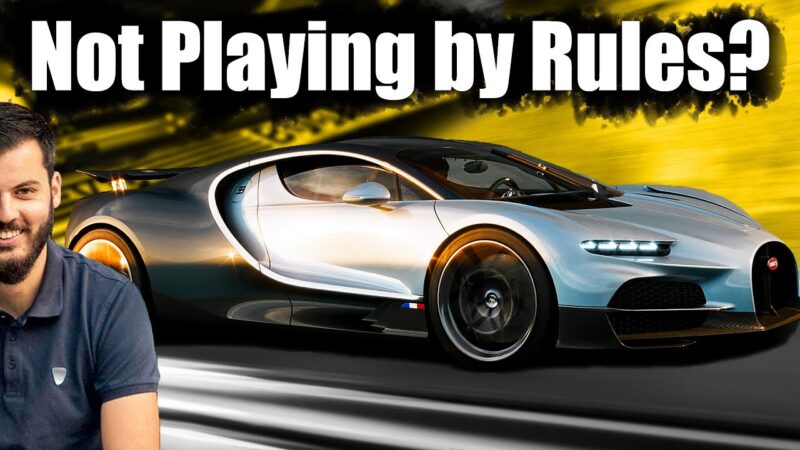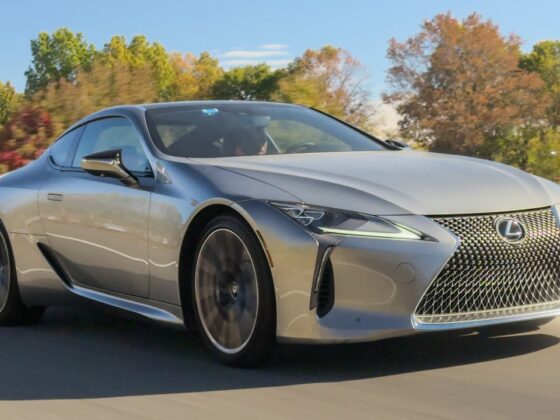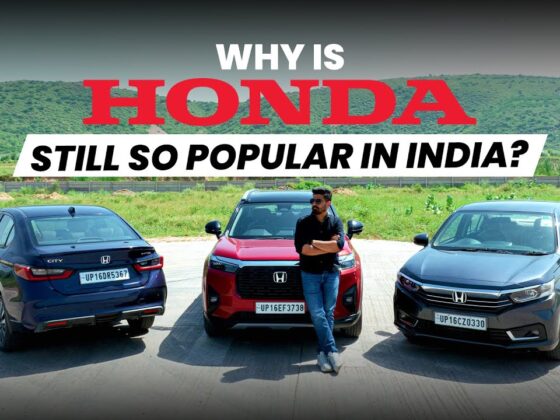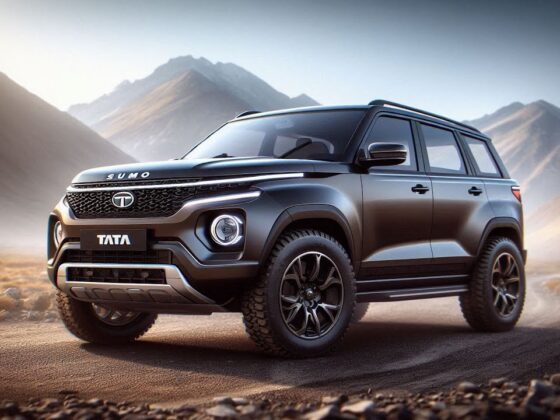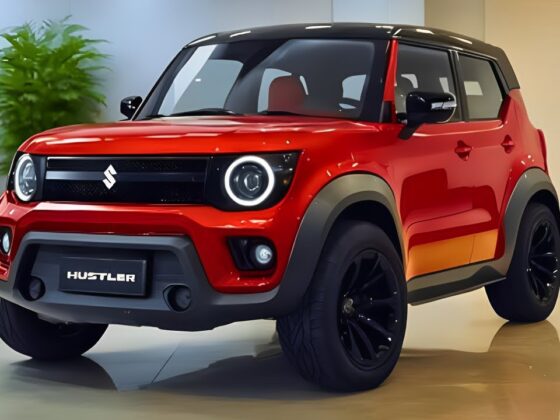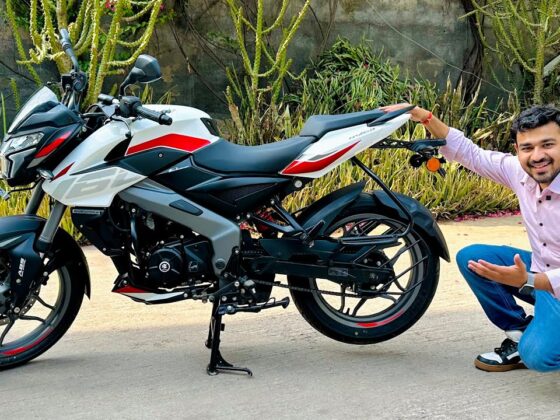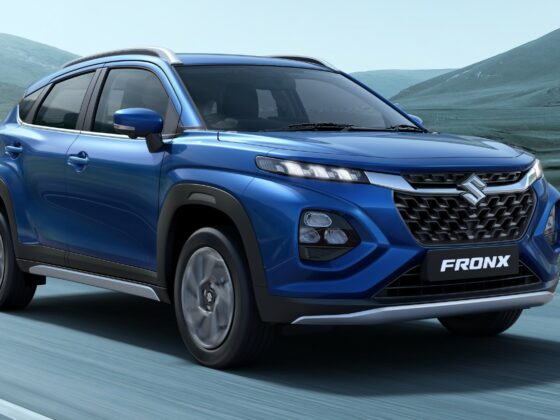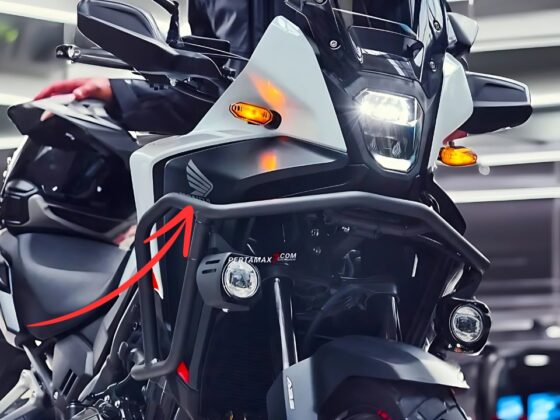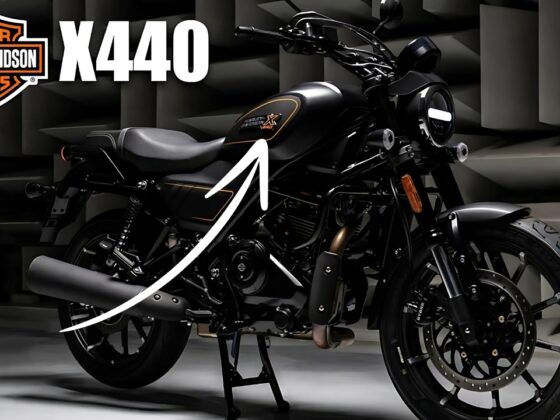Introduction
We are witnessing a pivotal moment in the automotive industry where the electric hypercar revolution is well underway. Yet, as electric vehicles (EVs) gain momentum, the debut of the V16 Bugatti throws a wrench into the gears. Bugatti, under the leadership of Mate Rimac, has chosen to stick with a modern interpretation of an internal combustion engine (ICE) instead of going fully electric. This decision highlights some of the fundamental hypercar challenges facing the electric hypercar industry today. In this blog post, we’ll dive into why Bugatti’s bold move makes us question the future of hypercars and the internal tug of war between traditional gasoline engines and new-age electric powertrains.
The Analog Appeal: Why Bugatti Sticks with a V16
Bugatti’s decision to equip its upcoming Tourbillon model with a V16 engine rather than an electric motor may seem counterintuitive, particularly given the rapid advancements in electric car technology. CEO Mate Rimac is no stranger to EVs, but he believes hypercar buyers don’t always prioritize the latest technology alone. Rather, they crave emotion, visceral experiences, and a connection that electric vehicles still struggle to deliver.
In the hypercar market, driving experience is often as significant as raw power, and the new Bugatti hypercar evolution embraces this ethos. A mechanically oriented design—like the V16—offers the “analog feel” of muscle cars, something made rarer in the increasingly electrified world of automobiles.
Beyond mere horsepower, Bugatti’s decision likely stems from concerns that electric cars, though fast, risk losing their differentiation. Take Tesla, for instance: even their sedans can match, if not exceed, the top speeds of many gasoline engine hypercars. So, why would someone pay millions for an electric hypercar when they can get similar performance elsewhere?
Electric Hypercar Limitations: Range and Emotion
Despite the electrification of mainstream vehicles, the electric hypercar industry faces significant constraints. Chiefly, electric vehicle range constraints remain a hurdle. Pair that with the lack of emotional resonance many enthusiasts argue electric engines bring, and it abruptly becomes clear why brands like Bugatti are in no rush to ditch internal combustion engines vs electric powertrains.
To compound the issue, transitioning away from ICEs in hypercars can feel like stripping them of their soul, much like replacing luxury mechanical watches with digital ones. Sure, the tech is superior; but does it carry the same weight of heritage and craft? Rimac himself has compared hypercars to luxury watches, where the art of the build is just as important as what’s under the hood—or dial.
Electric vs Gas-Powered Hypercars: A Supercar Performance Comparison
When it comes to comparing electric vs gas-powered hypercars, both have their own sets of strengths and weaknesses. On the one hand, electric vehicles excel in terms of instant torque and top speeds. However, there’s still a long way to go when it comes to electric engine performance concerns, especially in prolonged driving sessions or on race tracks.
V16 engine efficiency highlights this contrast. While internal combustion engines might be perceived as inefficient relative to electric motors, they provide drivers with a sense of raw power and engineering. In contrast, the whine of an electric motor, while effective, lacks the same visceral connection that many hypercar customers seek.
Hypercar Market Trends & the Future of Hypercars
Looking at hypercar market trends, hybrid solutions may represent a middle ground for performance enthusiasts who crave the power of an ICE but still want the eco-conscious juxtaposition of an electric motor. Hybrid hypercars innovation is picking up speed, with many luxury brands seeking to blend these technologies as a solution to current electric hypercar limitations.
The future of hypercars may well lie in this synthesis. While pure EVs tackle sustainability head-on, enthusiasts are keeping a sharp eye on how these vehicles deal with sustainability in hypercars without compromising raw power and passion. In fact, gas-powered vehicles may not be going away any time soon. Some predict that internal combustion engine cars, especially hypercars, could transform into rare, coveted items as EVs dominate the mainstream market.
Conclusion: Is the End of ICEs a Done Deal?
As the automotive industry innovations continue to break new ground, there are still crucial question marks hanging over the electric hypercar industry. Bugatti’s decision to hold onto the legendary power of the gasoline engine hypercars shows that the industry isn’t quite ready to go fully electric, especially when it comes to elite cars.
While technology trends seem inescapable, it’s the emotion and unparalleled driving experience ICEs offer that still holds sway in the hearts of many enthusiasts. The next generation of hypercars may not weed out gas-powered models after all, especially as advancements in sports car technology trends keep raising the bar on both sides of the aisle—electric and combustion.
In future, we might not call it a battle of internal combustion engines vs electric, but rather, a diversification of choice, with both camps carving out distinctive experiences for drivers and collectors alike.
